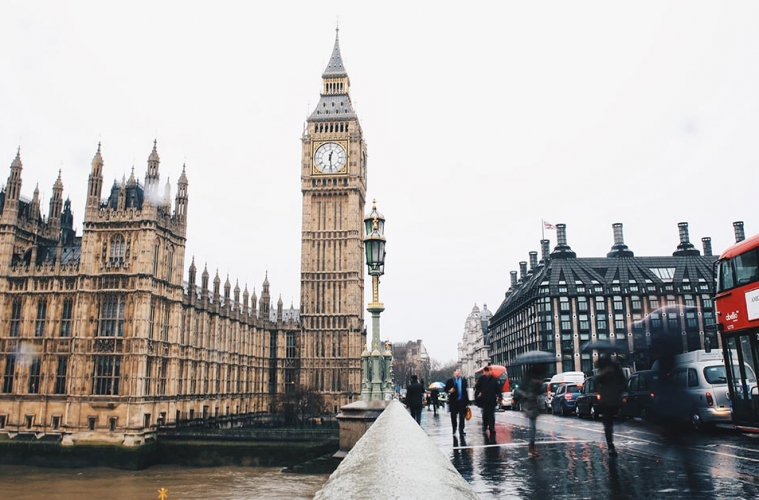Good morning,
USD: Dollar off to weakest start to the year for 15 years
The dollar is once again lower this morning with the USD having its worst start to the year since 2004. There are more than a few reasons why but they all tie back to a decreasing belief that the Federal Reserve has the desire of the need to raise interest rates this year.
The economic data has slowed in the past quarter as the short term sugar-high effects of Trump’s tax cuts have worn off and members of the Federal Open Markets Committee are starting to take notice of this and factor it into their pronouncements on rates.
Fed Member Bostic said that “the next rate move from the Federal Reserve could be either way”; he’s the first person to have raised the prospects of rate cuts this ear whilst Charlie Evans told reporters that in December he’d pencilled in three rate hikes for 2019, but, at the moment, the Fed has “capacity to not adjust rates for some period of time” and “timing is not at all important”.
The December Fed meeting minutes released overnight were broadly in-line with the recent shift in policymaker language; the central bank sees a strong economy, but also sees uncertainty over future policy firming.
The shutdown continues to drag onwards with today marking the 20th day of limited government services in the States. It will likely run to a 21st following President Trump’s decision to walk out of a meeting with Democrat politicians overnight.
Unless the data picture turns sharply positive in the US or the risk atmosphere globally turns sharply negative then we have to think that the demand for the USD will remain weak.
GBP: Crying out for certainty
Despite nearly being able to hear the bellowing and screams of outcry from the House of Commons at WorldFirst HQ, sterling wasn’t listening to politicians yesterday. The pound tracked higher against the USD in line with other currencies, taking advantage of the greenback’s weakness and was mixed against the remainder of the G10.
Amendments passed in recent days limit the chance of a no-deal Brexit and force the government to announce a ‘Plan B’ within three working days of a defeat on Tuesday’s vote. With the political back and forth becoming increasingly opaque and occluded we have to think that sterling will bide its time before making a move.
That move will largely depend on whether the Labour government follows through with its threats of a no-confidence vote in the government – possibly triggering an election – or a growing desire both inside and outside Westminster to pause the Article 50 process and eliminate the countdown to March 29th.
For now, politicians will continue to debate the finer points of a deal that is deader than a dodo’s uncle and sterling will wait for any progress that next week can afford it.
CNH: Majority rules
The Chinese yuan was also able to take advantage of a weaker US dollar yesterday, strengthening to its best level since August of last year. Chinese inflation figures disappointed however and have taken some of the sting out of the move as markets continue to grapple with a picture of a slowing economy.
The government announced more details of its plan to offer additional credit to Chinese businesses but more will be needed to turn the tide of uncertainty over the prospects of the world’s second largest economy.
Have a great day.


